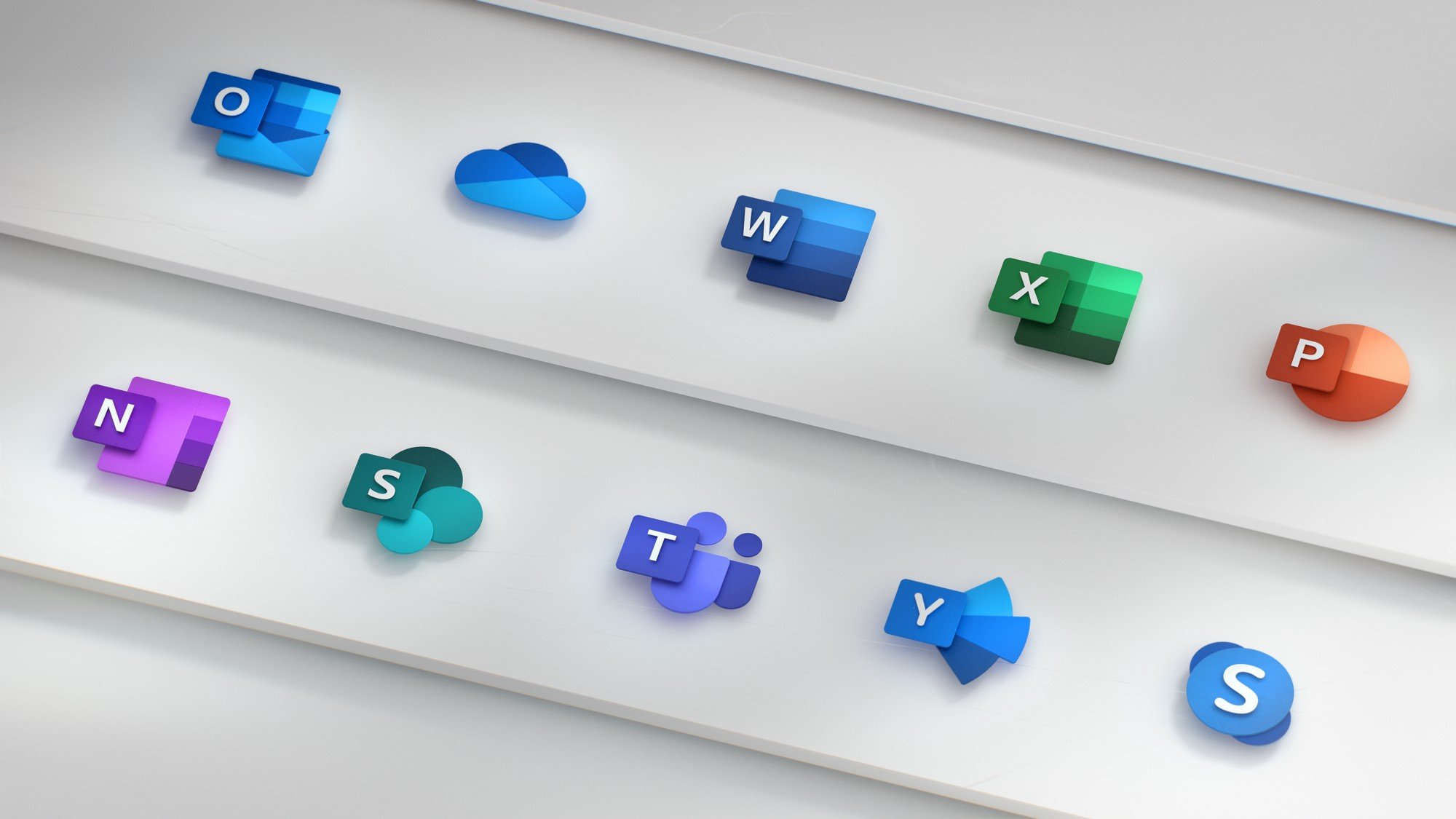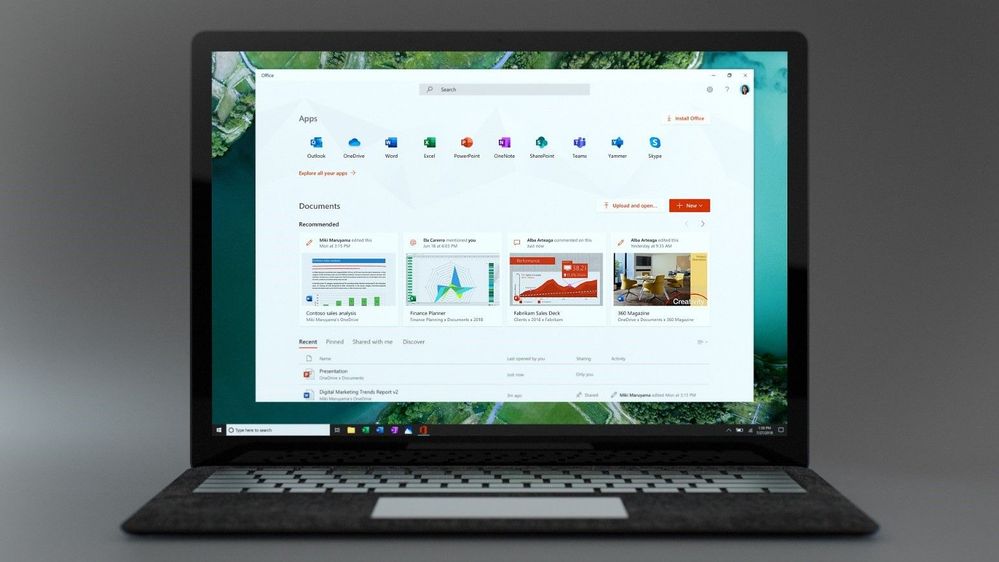Microsoft will stop releasing new Office features on Windows 10 — you'll need to upgrade to Windows 11 for the latest features soon
While Microsoft will continue to support Office with security updates on Windows 10 through October 2028, the company won't be releasing new features for the suite of apps starting next year.

Microsoft has confirmed that it will stop releasing new features in Office for users still running Windows 10 starting next year (via The Verge.) While Office will remain supported with security updates until 2028, new features will stop being delivered to Windows 10 customers starting in August 2026.
That means there's just over a year of new feature updates in Office left for Windows 10 users. If you want to continue receiving new features in Office beyond October 2026, you will have to upgrade to Windows 11. Microsoft says that although new features will stop being delivered, the apps themselves will continue to work as normal.
Customers who subscribe to Microsoft 365 Personal or Family will stop getting new features with the version 2608 release in August 2026. The monthly enterprise channel will stop getting new features in October 2026, and the semi-annual enterprise channel will stop getting them in January 2027.
All three release channels, regardless of if you're on a consumer or business subscription, will have their feature set frozen on version 2608. Microsoft has also detailed how support for Microsoft Office on Windows 10 will go beyond October 2025:
- If the issue occurs only with Microsoft 365 Apps on Windows 10, with or without Windows 10 Extended Security Updates, and doesn't occur on Windows 11, support will ask the customer to move to Windows 11.
- If the customer is unable to move to Windows 11, support will provide troubleshooting assistance only; technical workarounds might be limited or unavailable.
- Support incidents for Microsoft 365 Apps running on Windows 10, with or without Extended Security Updates, do not include the option to log a bug or request other product updates.

Ultimately, it seems Microsoft is eager to begin winding down support for Windows 10 as soon as it can, at least for individuals and consumers. The company really wants everyone to move to Windows 11, whether that be via an in-place upgrade on your existing Windows 10 PC or buying a brand-new Windows 11 PC if your current PC doesn't support it.
In recent weeks, Microsoft confirmed that it would allow Windows 10 users an additional year of free security updates, so long as you backup your PC settings to the cloud via a Microsoft Account. Alternatively, you can pay either 1000 Microsoft Reward points, or $30 per device.
The extended security update window will only last until October 2026 for individuals and consumers, from which point people will be stranded with no up to date security patches. Enterprises will be able to continue to pay Microsoft money to remain on Windows 10 until October 2028.
All the latest news, reviews, and guides for Windows and Xbox diehards.
Extended security updates only cover security patches, and not bug fixes or new features. It also doesn't cover support, whether that be technical support or support from app developers and driver makers. Over time, Windows 10 will slowly fall out of compatibility with apps and drivers, though this won't happen right away.
Windows 11 just recently took over as the most used version of Windows, finally surpassing Windows 10 after four years on the market. Windows 11 currently has 52%, whereas Windows 10 is now on 44%, that number will only continue to decrease as time moves forward and people switch to Windows 11.
For Microsoft Office users, if you want to keep getting Office feature updates and make the most of your subscription beyond August 2026, you'll need to upgrade to Windows 11. Otherwise, you'll be paying a monthly fee for an app that's essentially in maintenance mode beyond that point.

You must confirm your public display name before commenting
Please logout and then login again, you will then be prompted to enter your display name.
